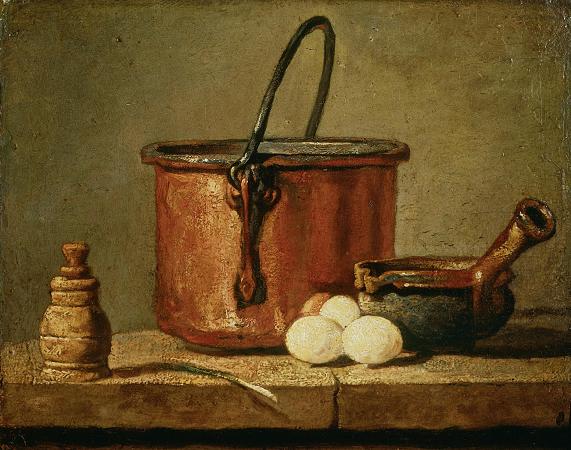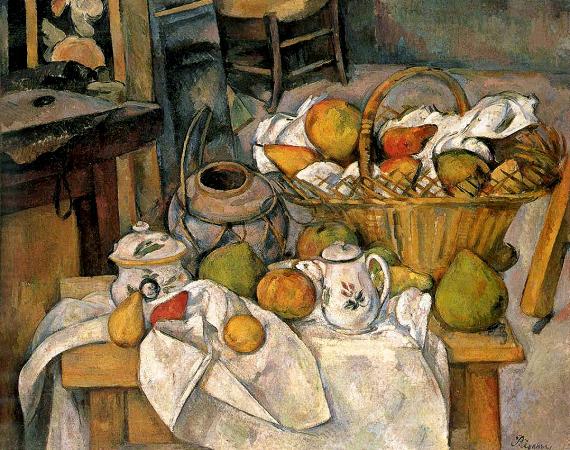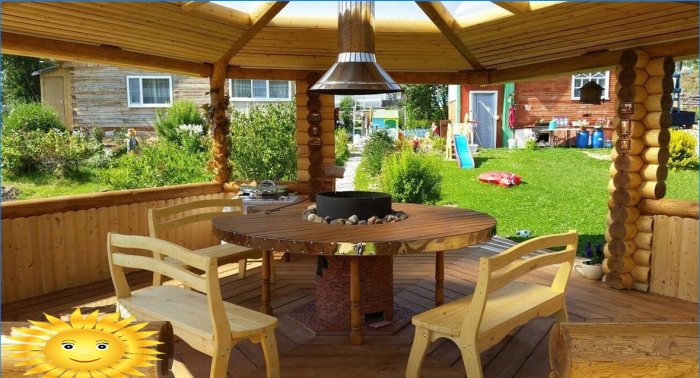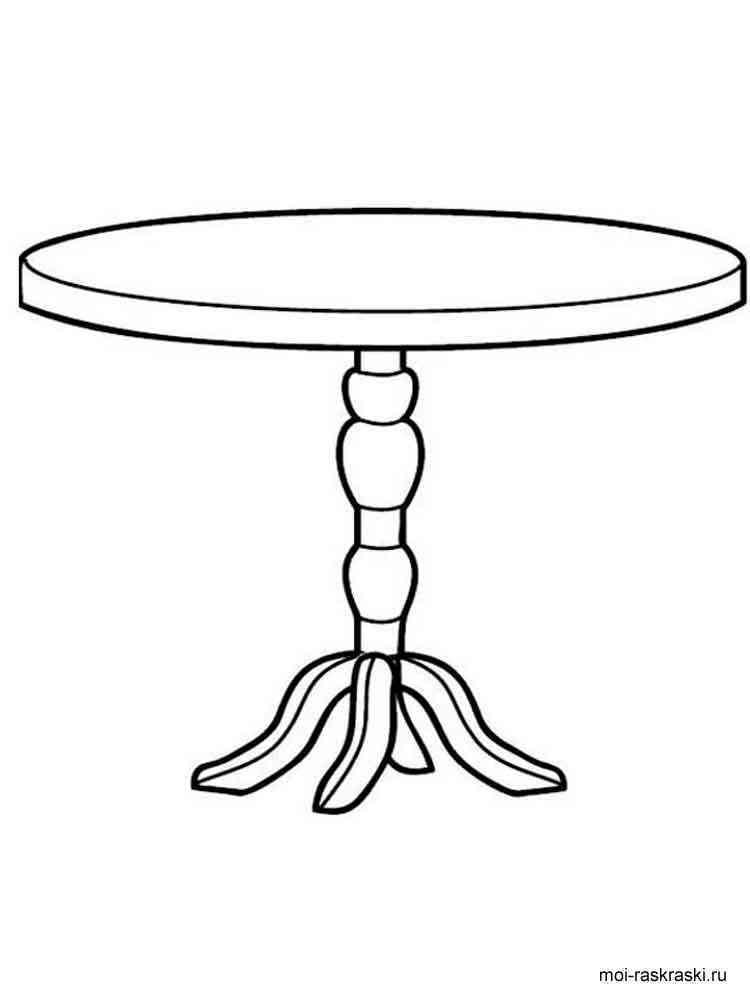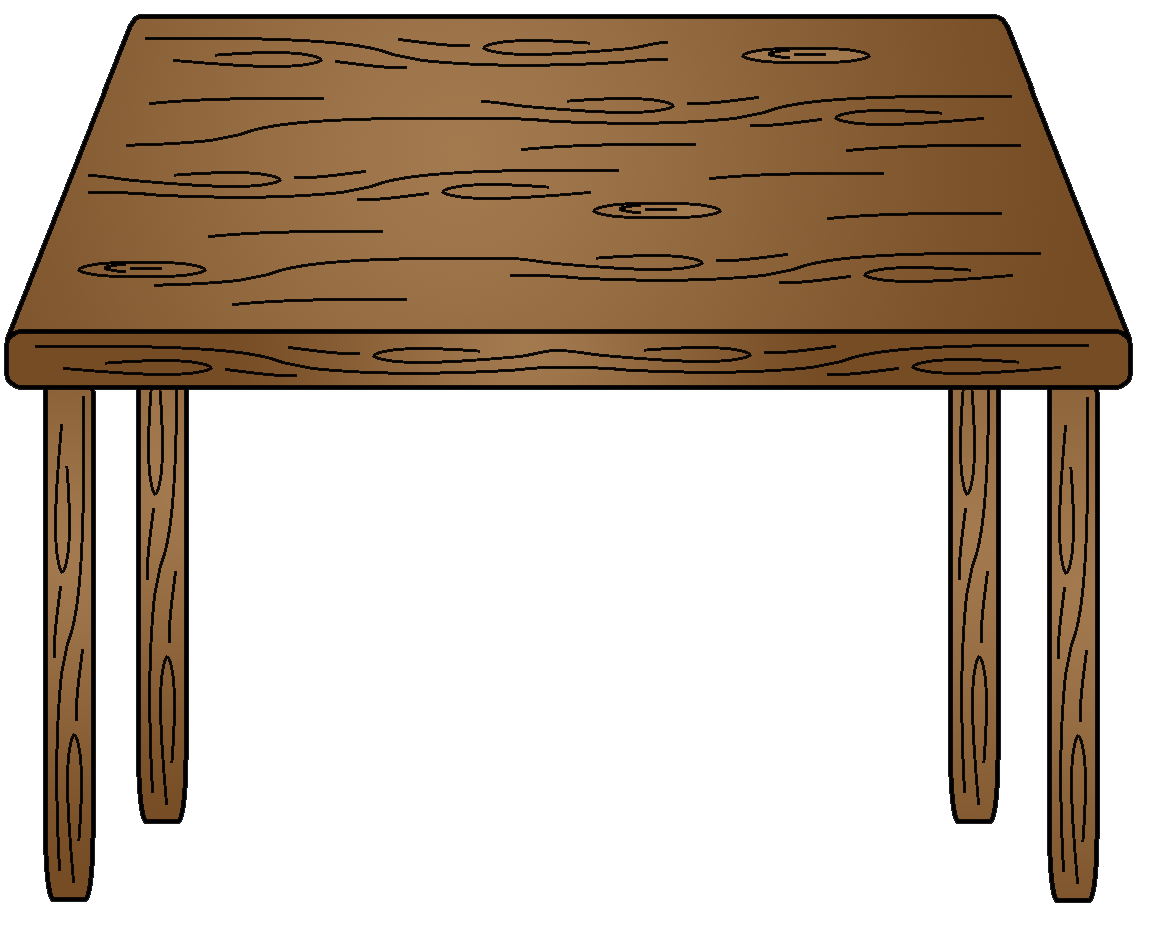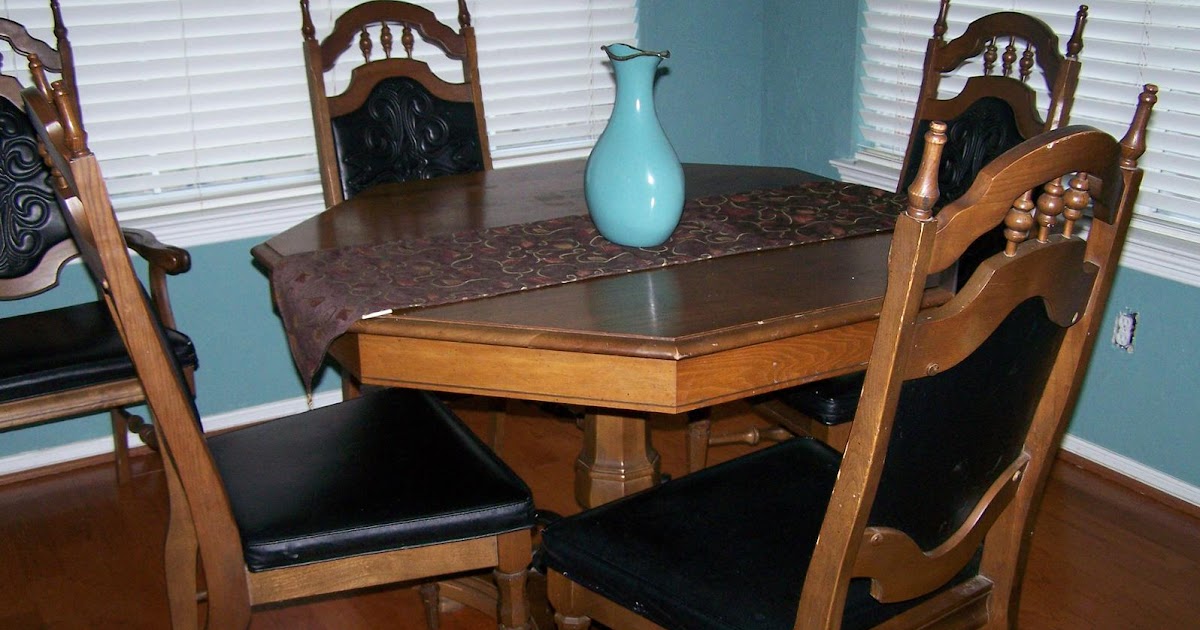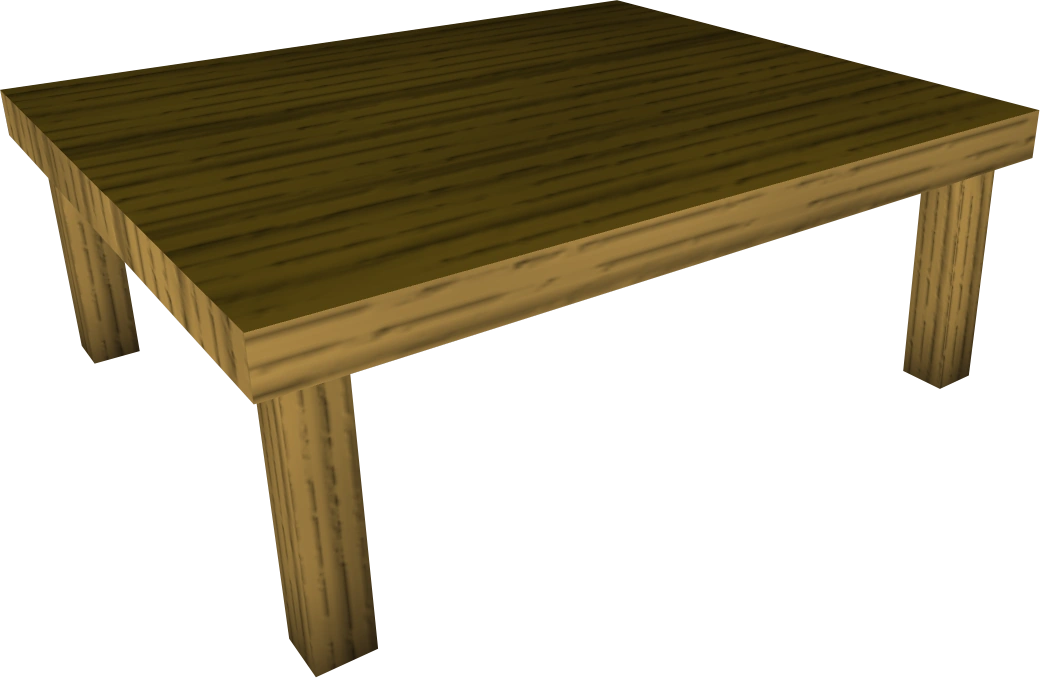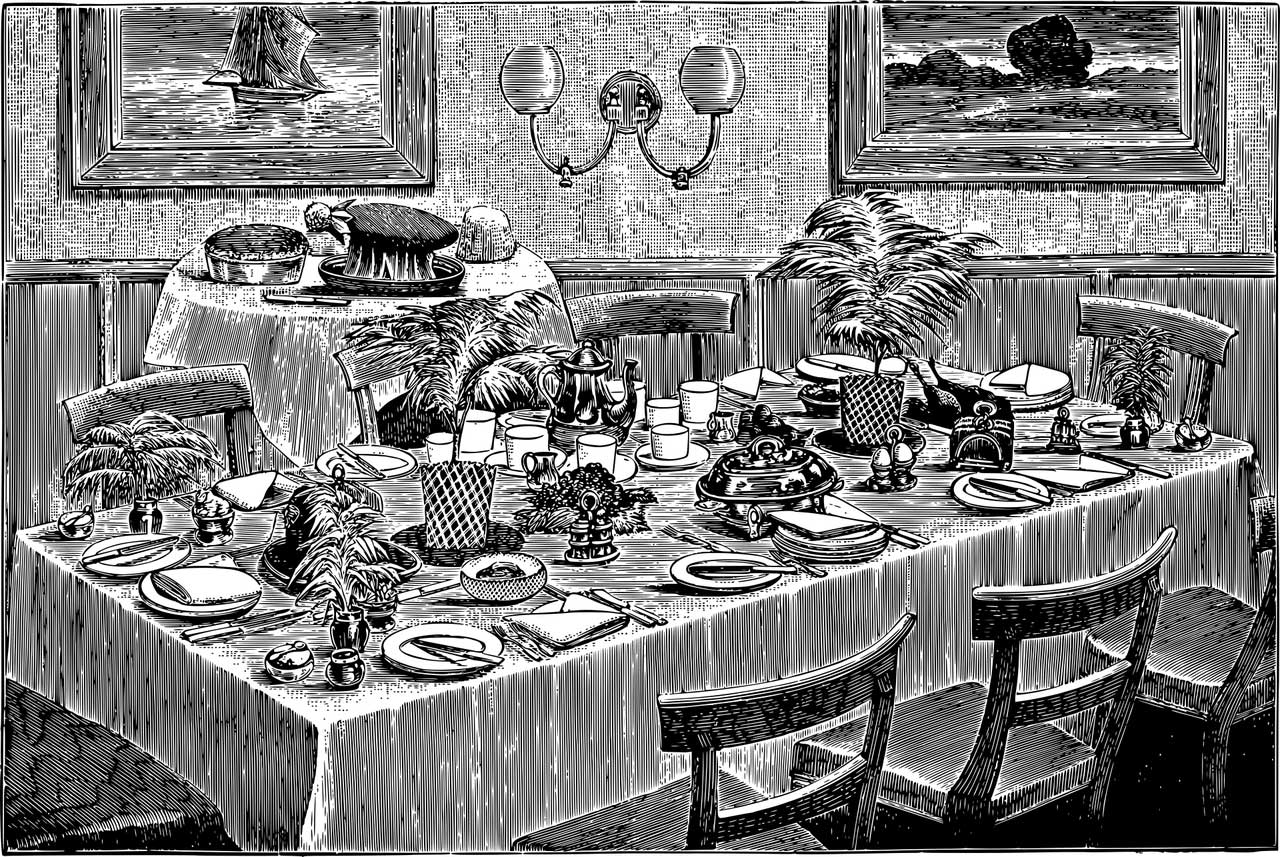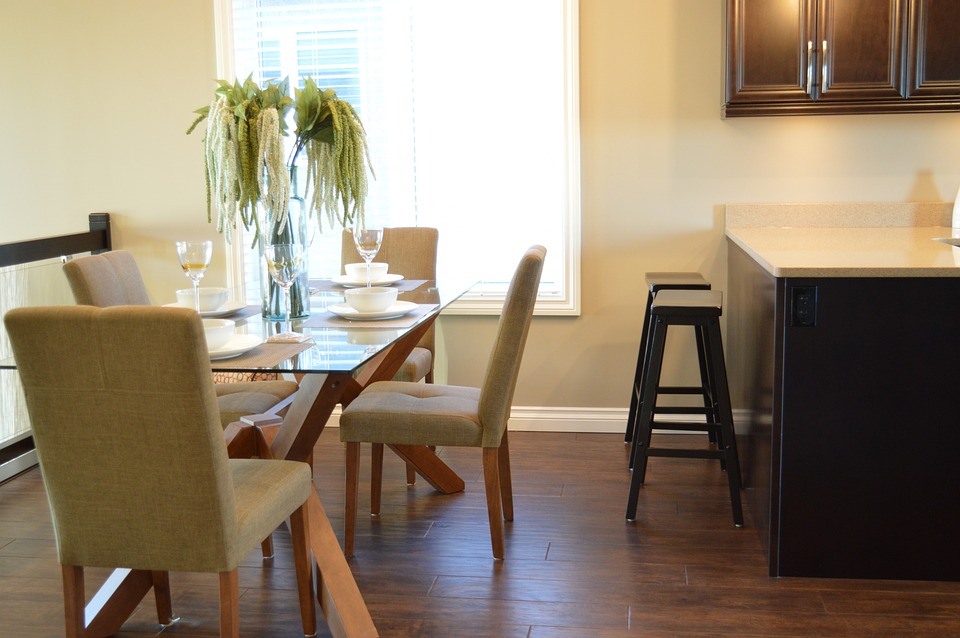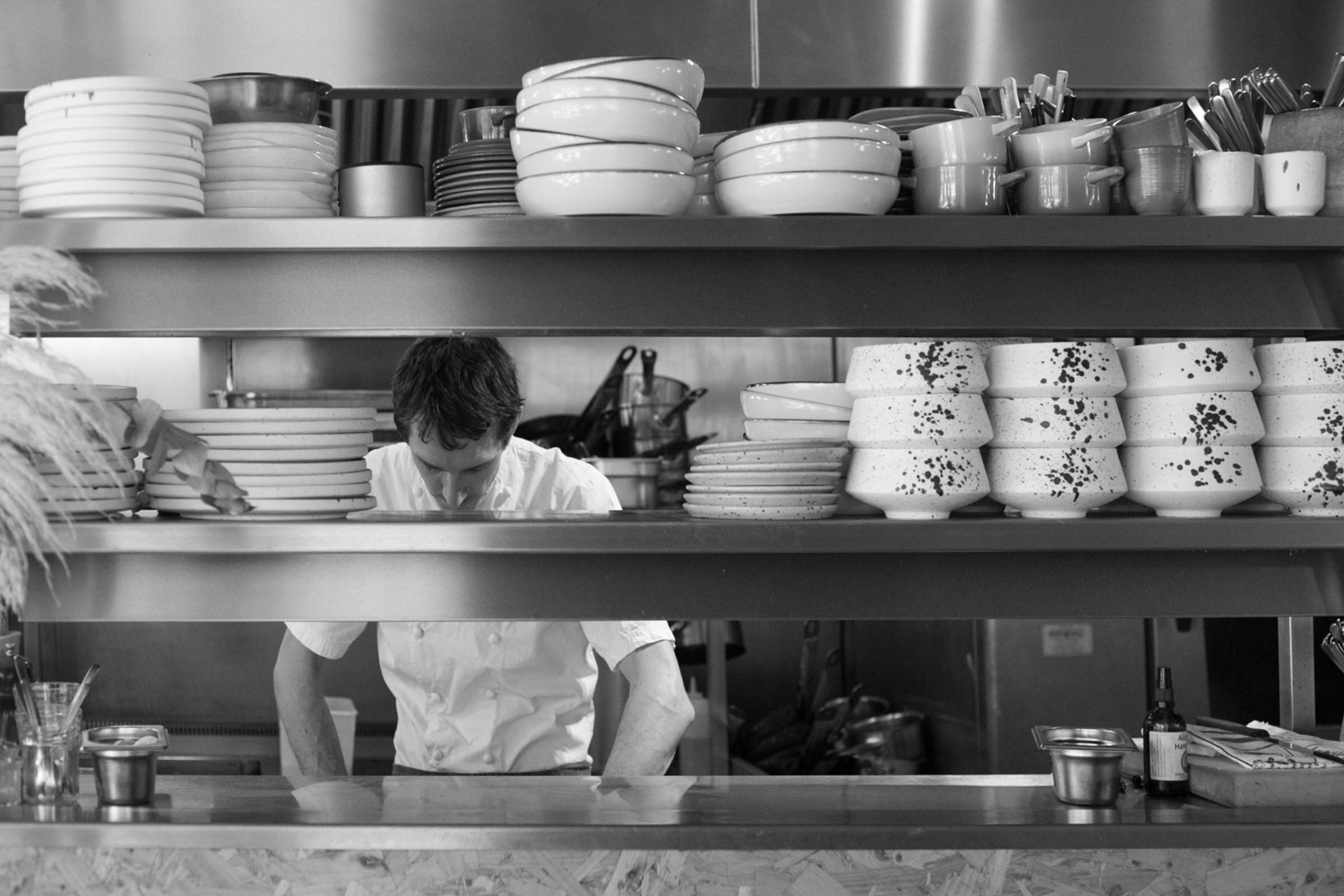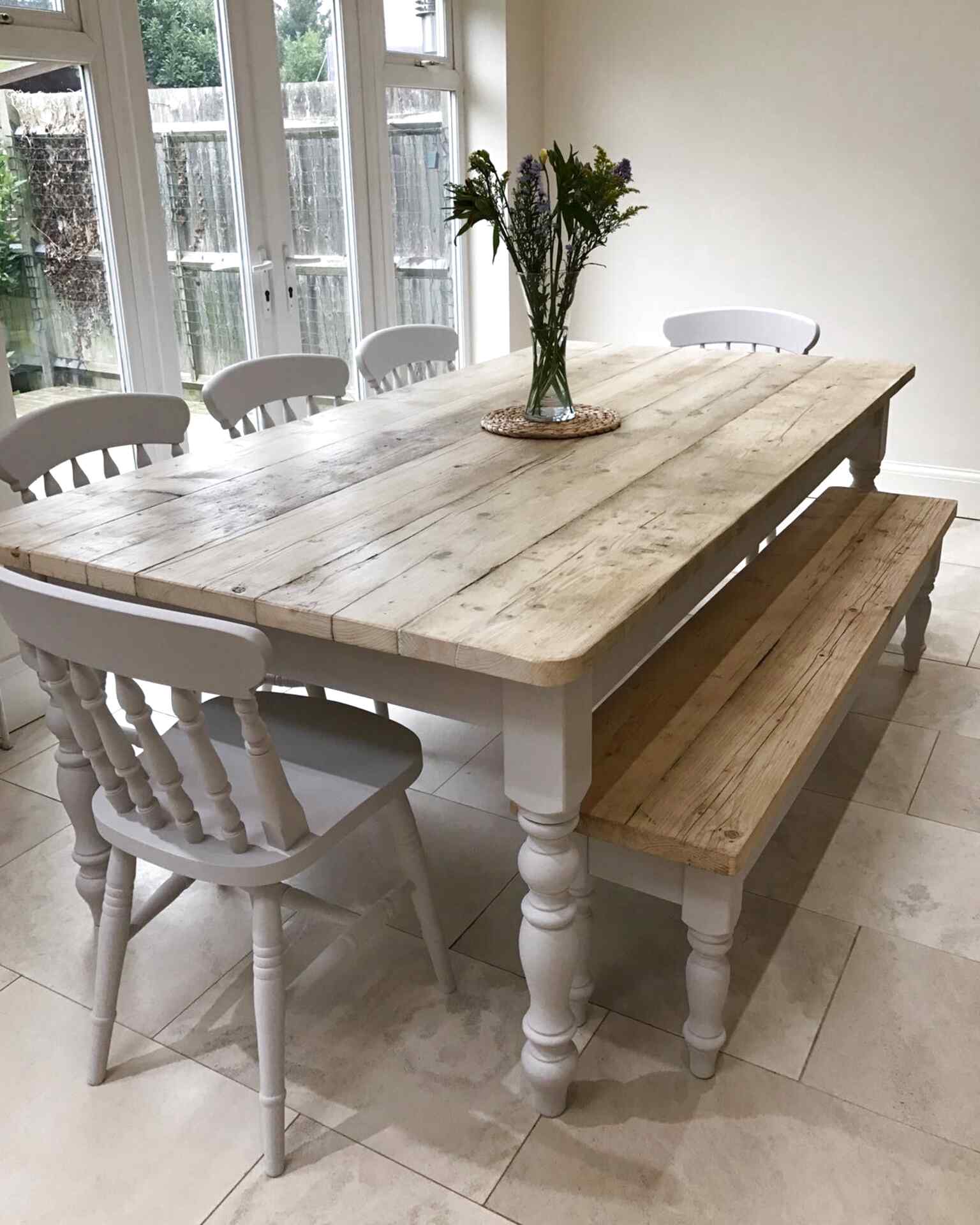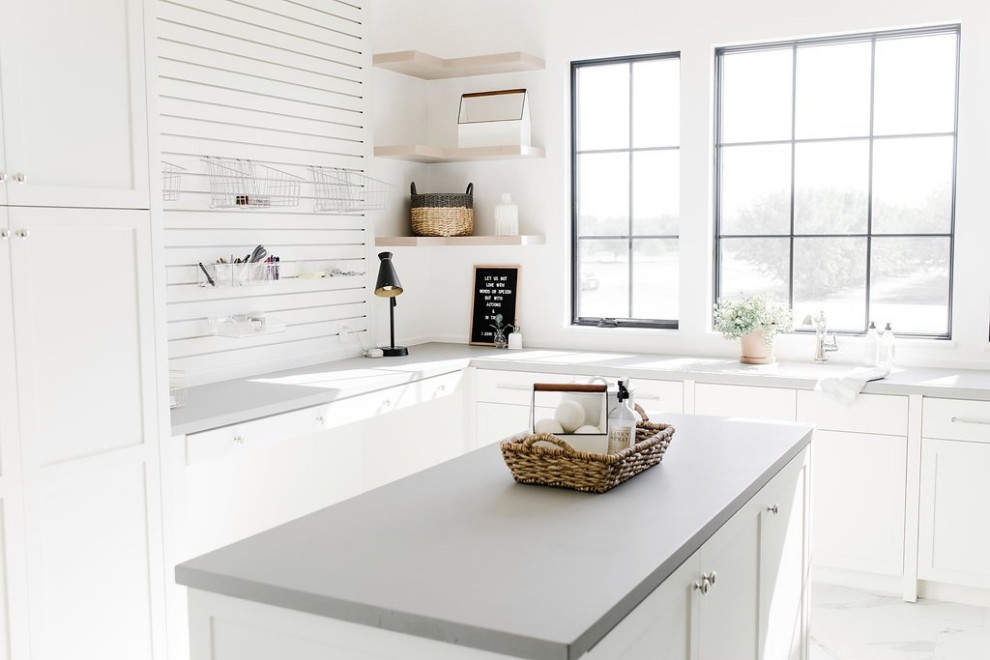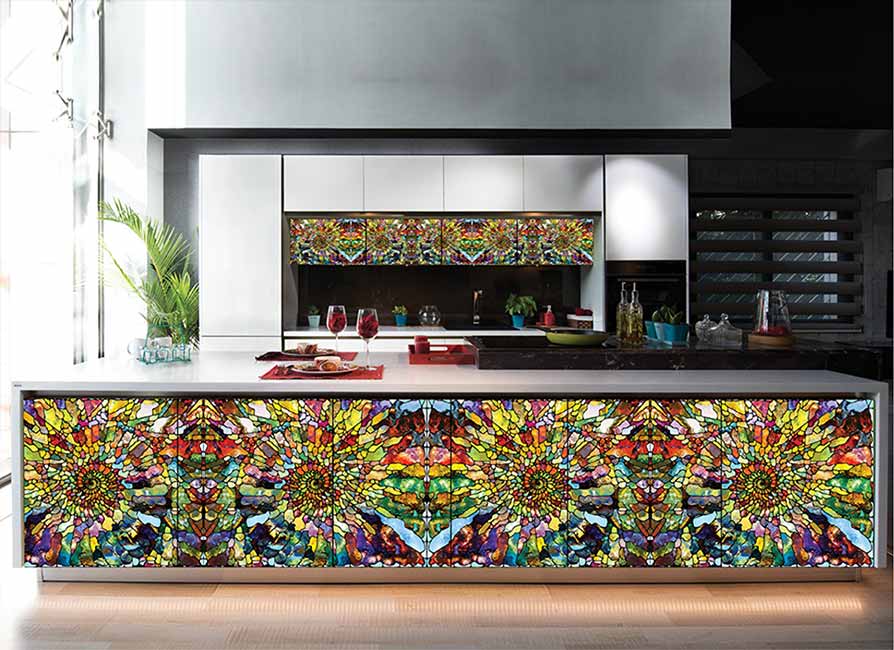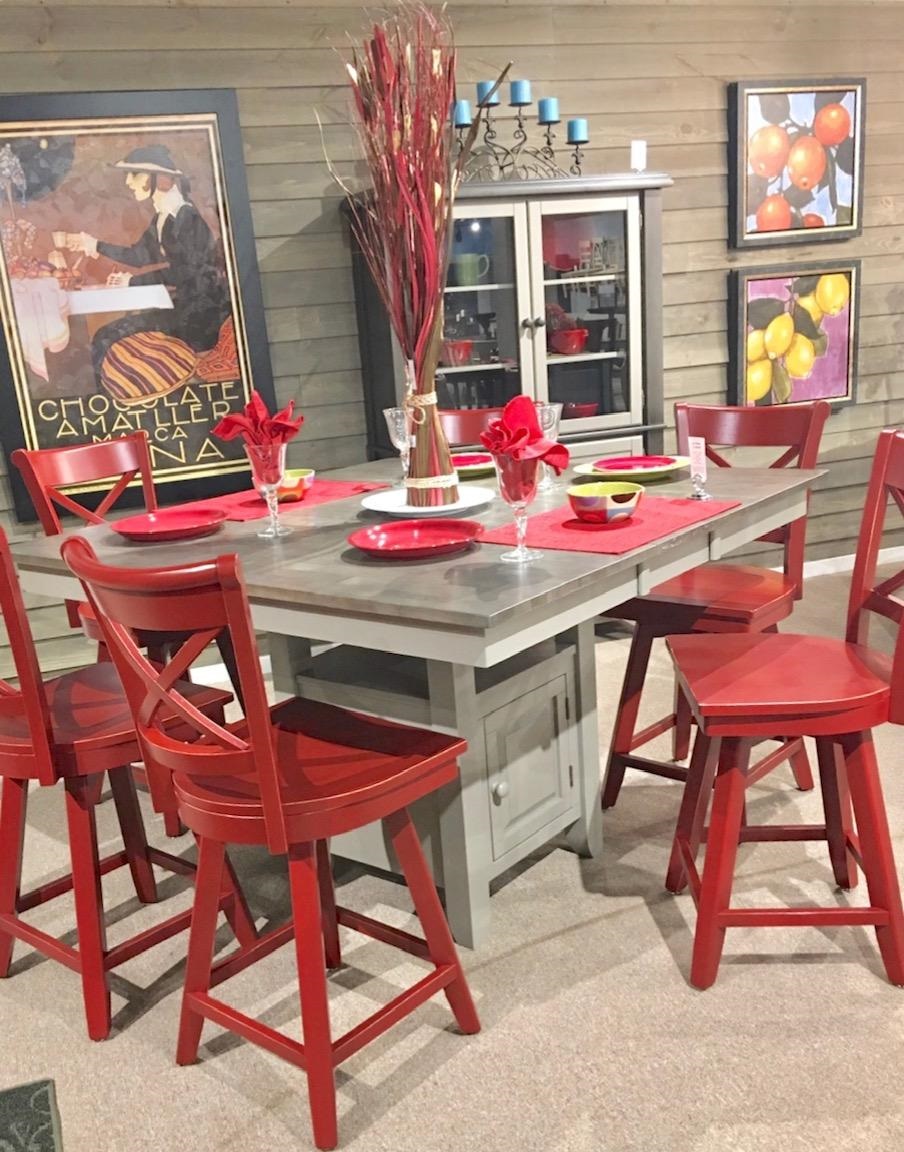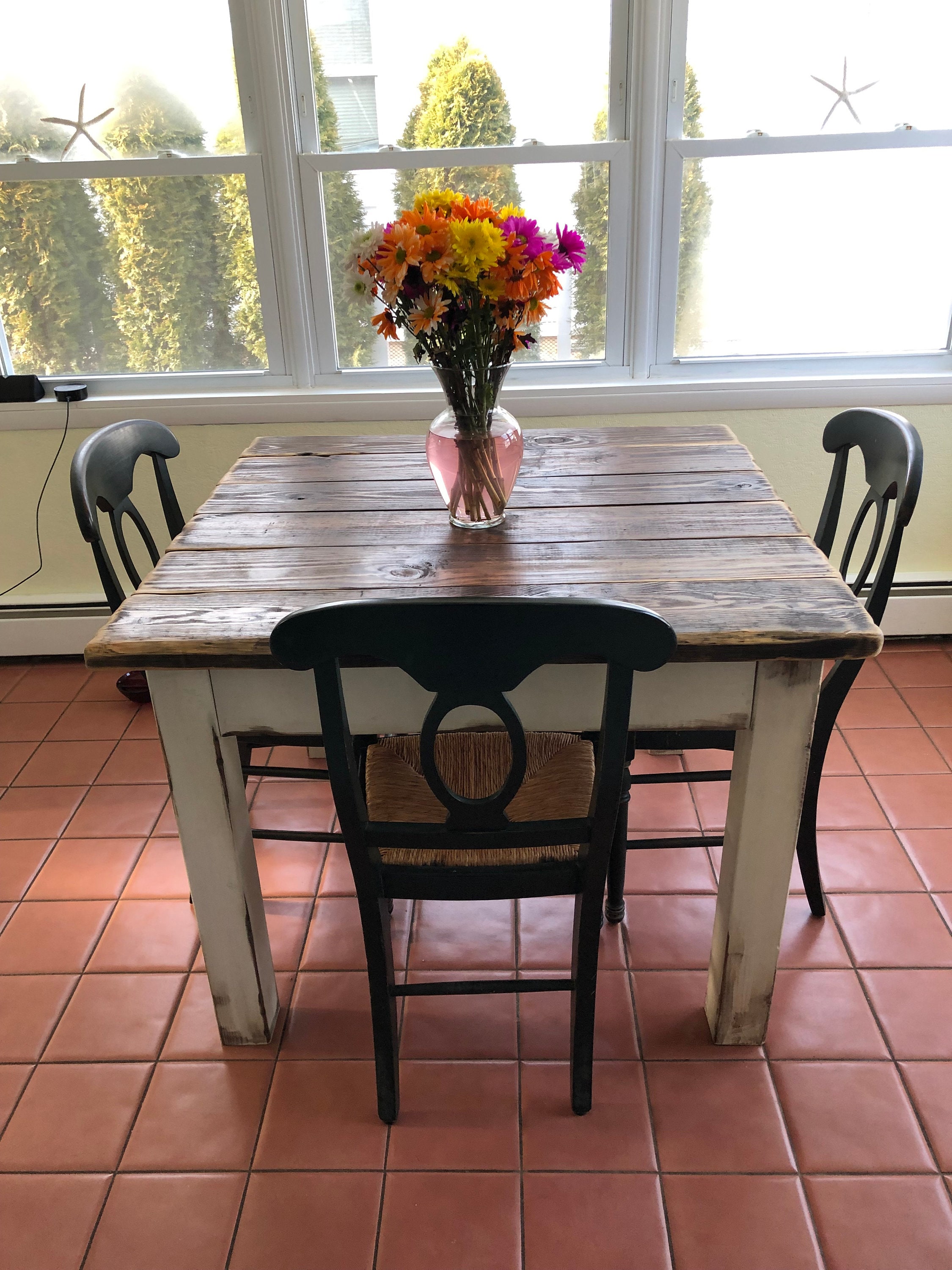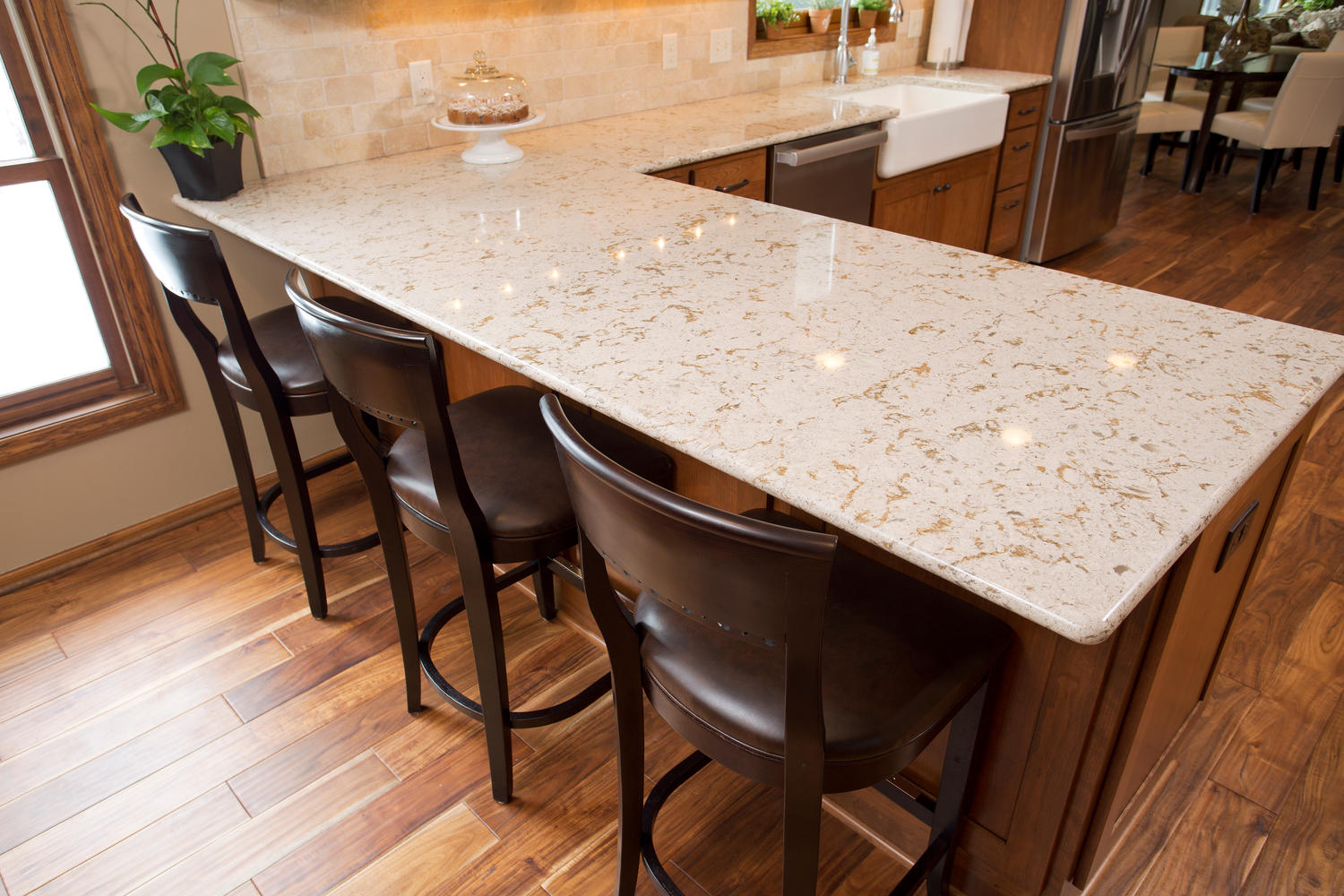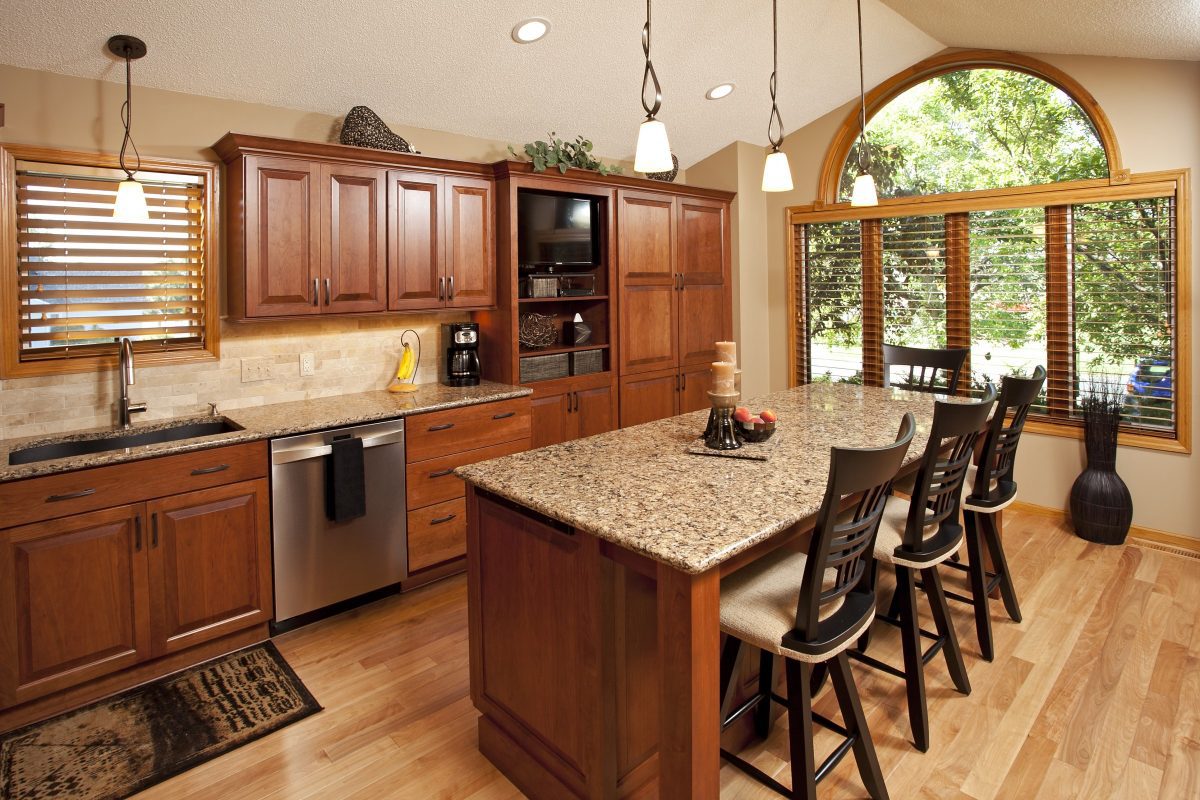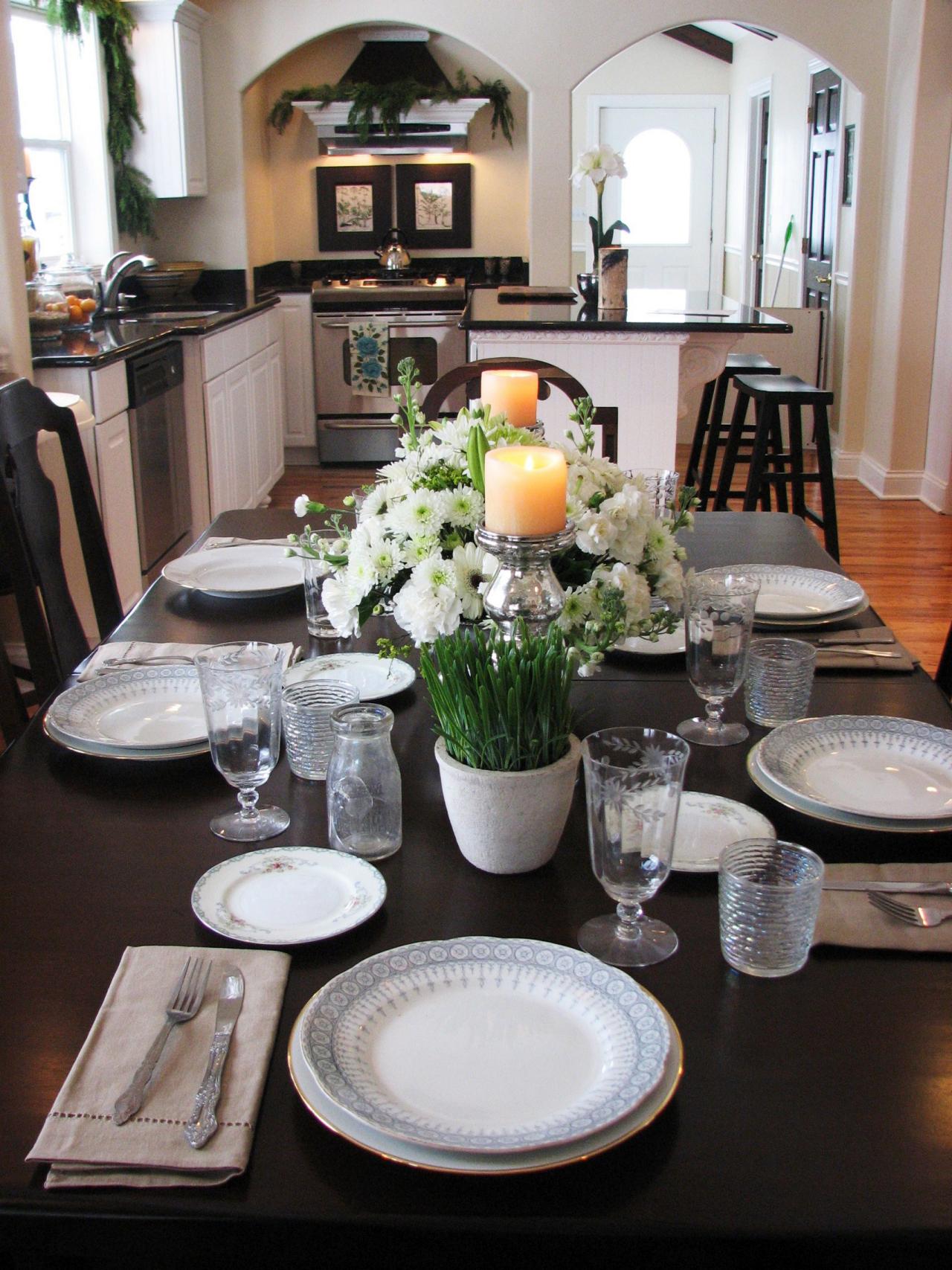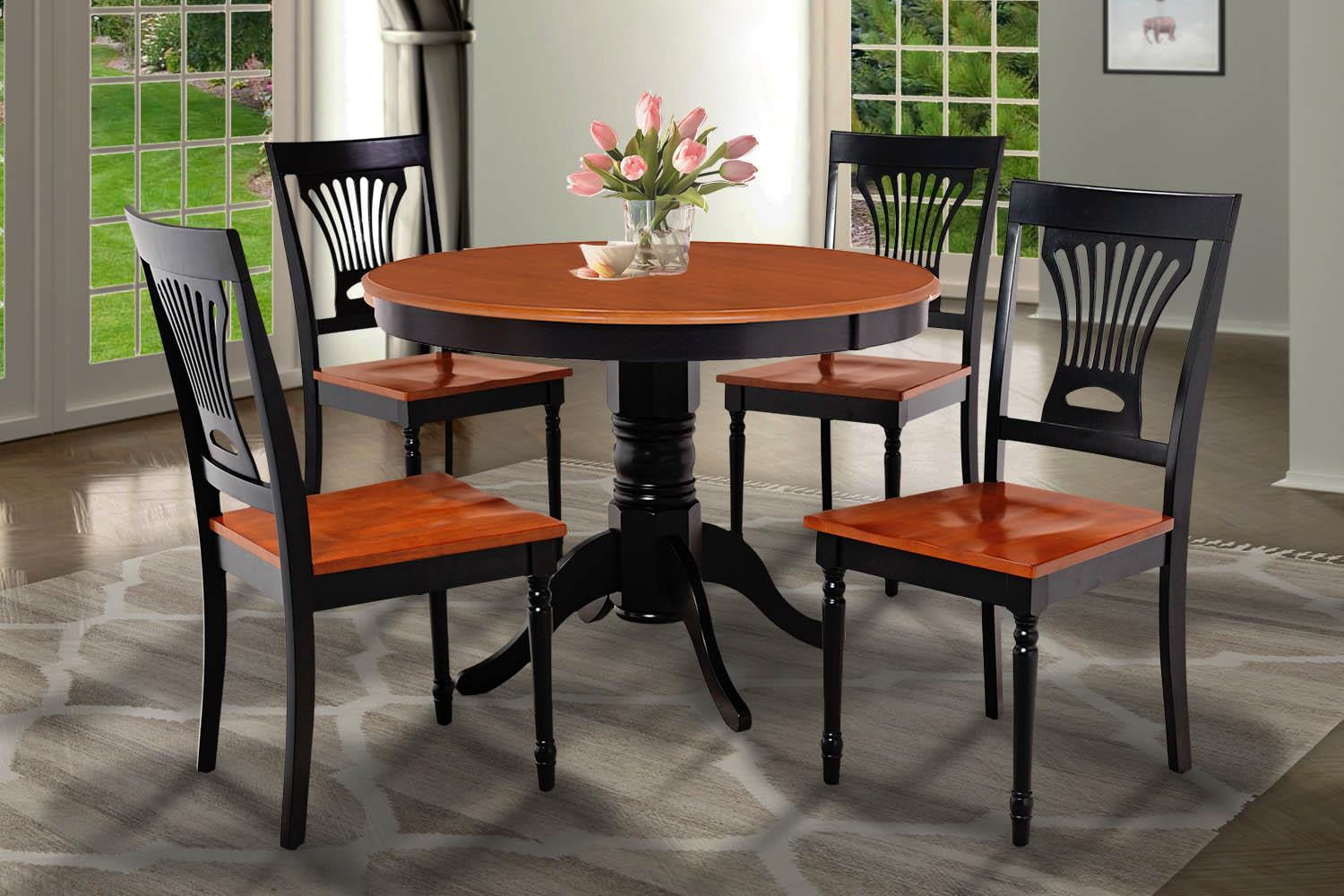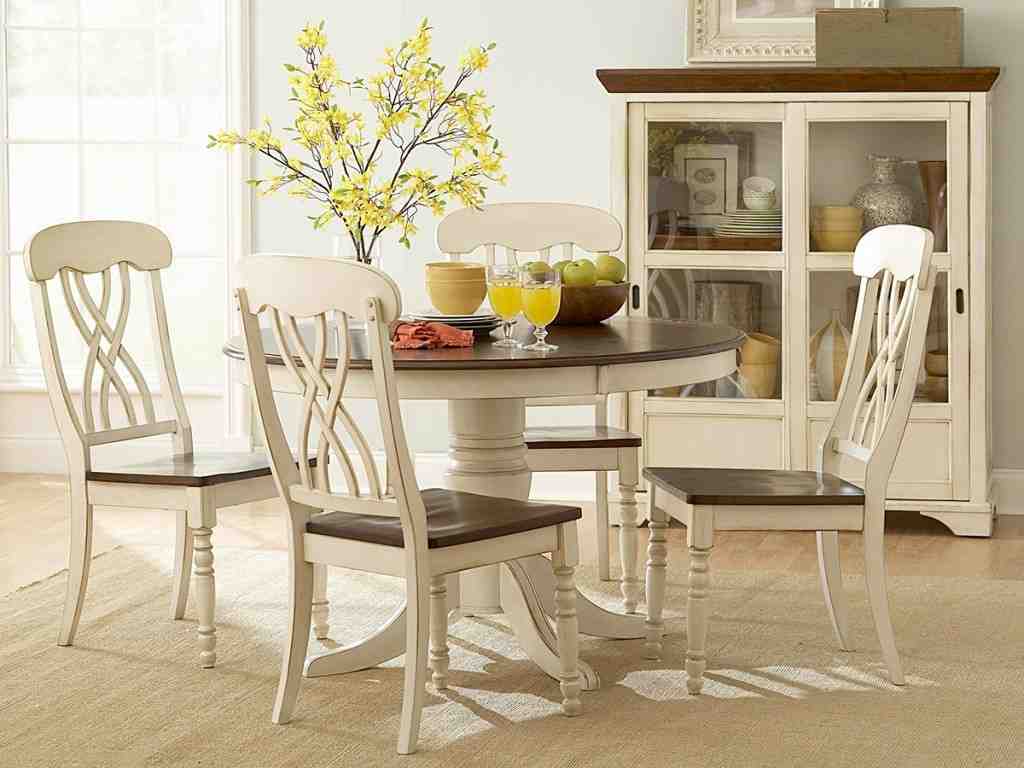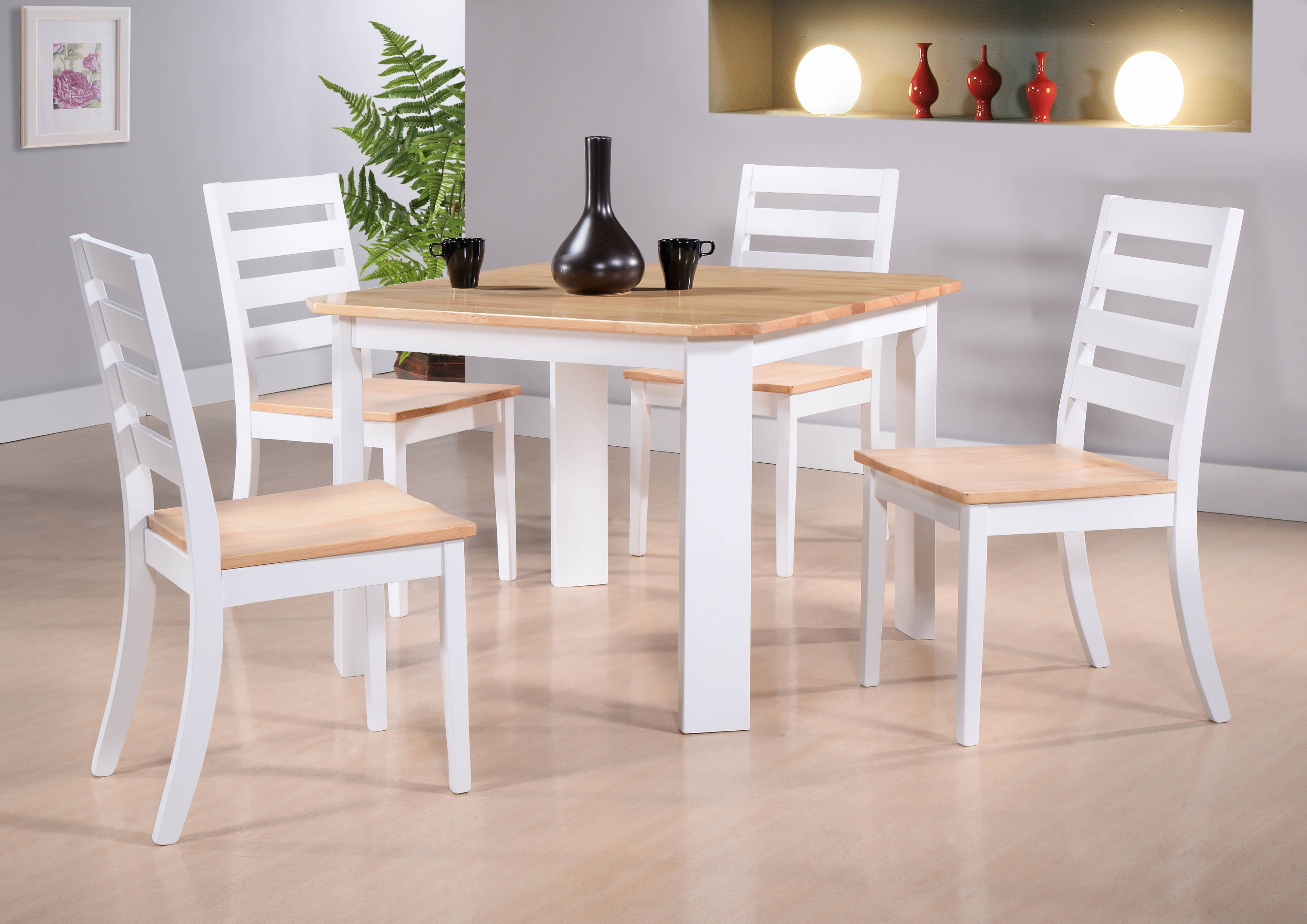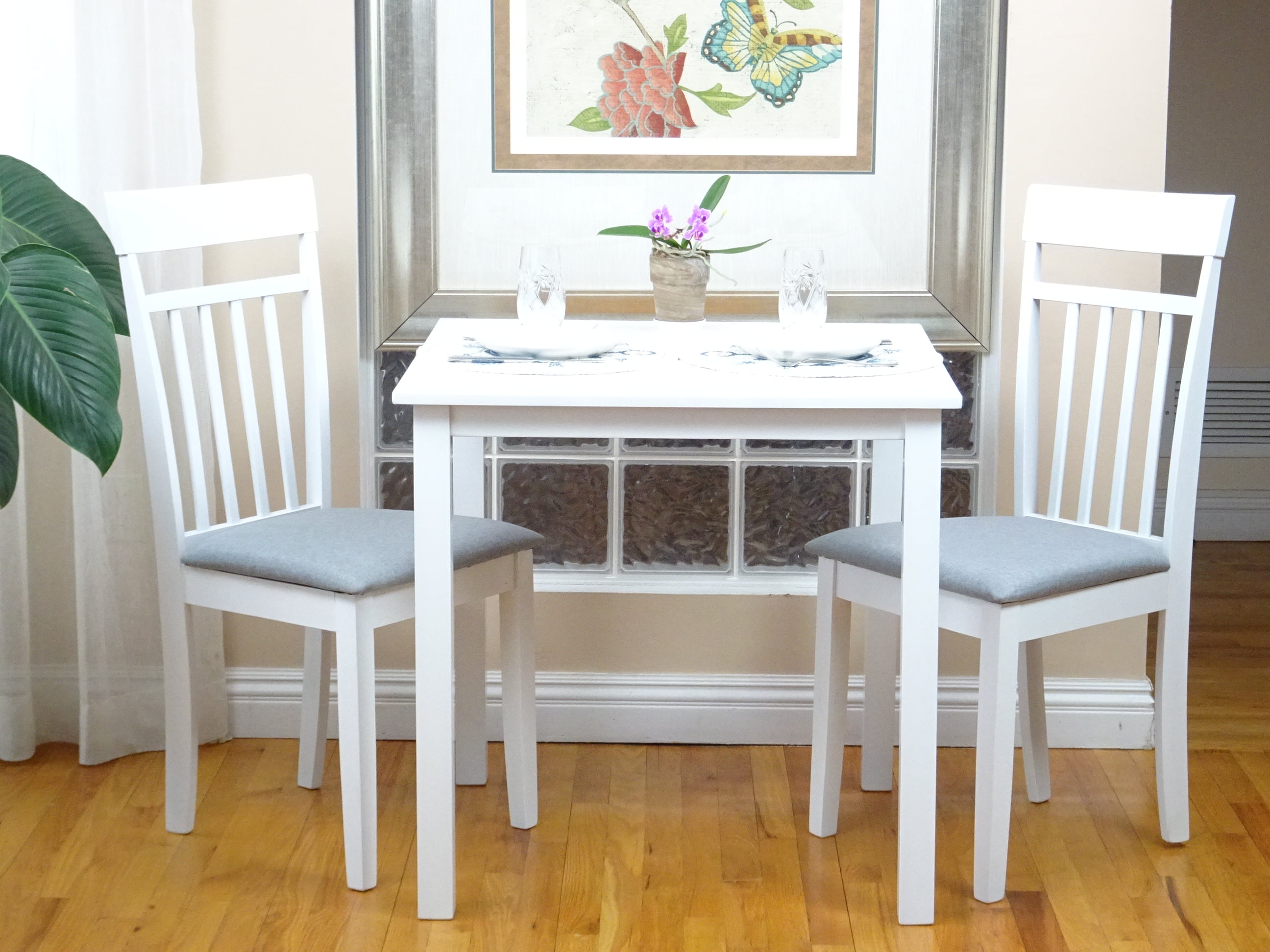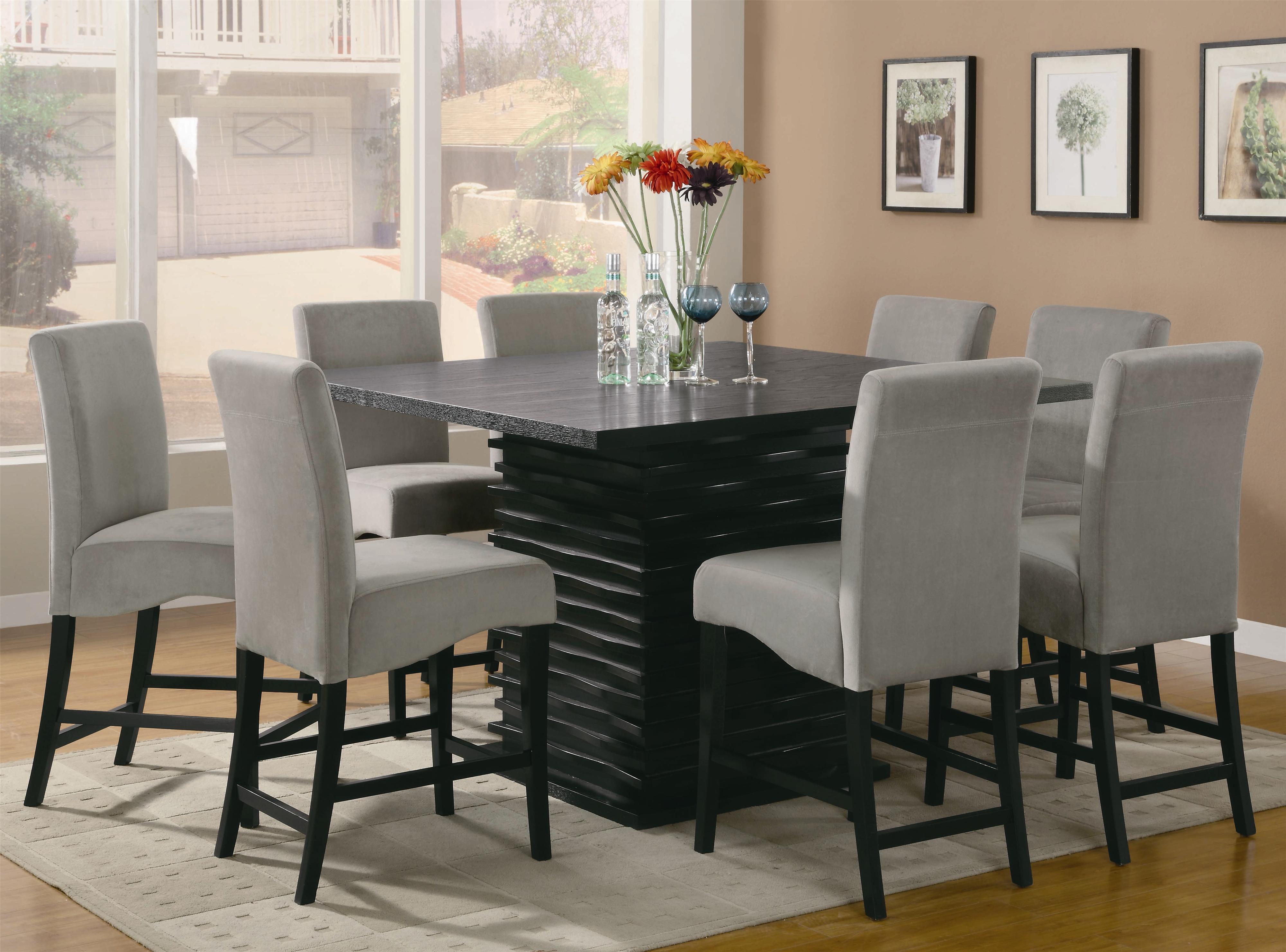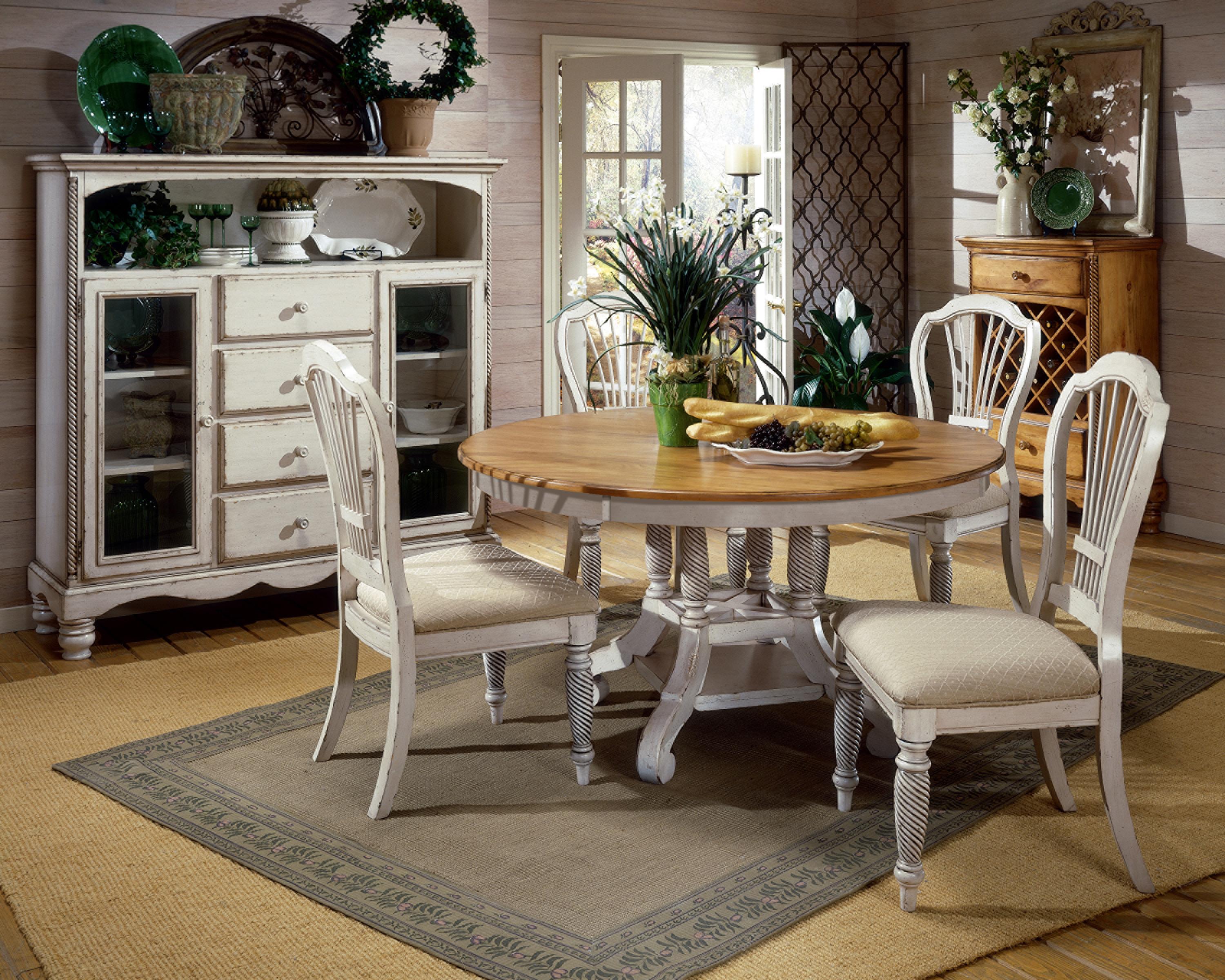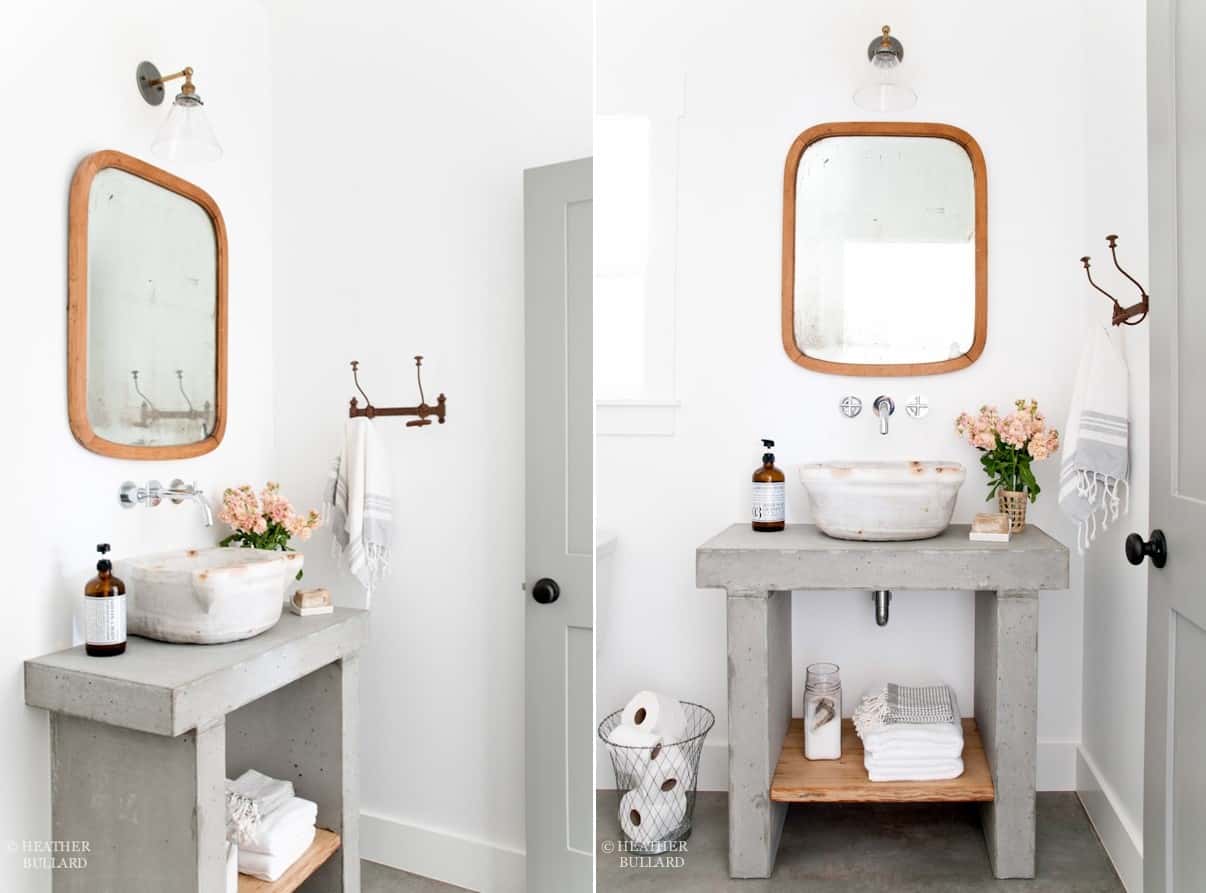The kitchen table is a staple in most homes, but have you ever stopped to think about its history? From a simple piece of furniture to a cultural icon, the kitchen table has undergone many changes over the years. Let's take a journey through time and explore the evolution of the kitchen table.Evolution of the Kitchen Table
The kitchen table has been a part of human civilization for centuries. The earliest recorded use of a table can be traced back to ancient Egypt, where they were used for food preparation and dining. These tables were simple, consisting of a flat surface supported by four legs. The ancient Greeks and Romans also used tables, but they were primarily used for banquets and feasts rather than everyday meals. These tables were often elaborately decorated and were a symbol of wealth and status.The History of the Kitchen Table
In medieval times, the kitchen table evolved from a basic surface to a more functional piece of furniture. The hearth, which was used for cooking and heating, was often the center of the kitchen. Tables were placed near the hearth to make use of its warmth and to have a convenient surface for food preparation. As time went on, the kitchen table became a gathering place for families. It was where meals were shared, stories were told, and memories were made. The table was no longer just a piece of furniture, but a symbol of togetherness and community.From Hearth to Table: A Brief History of the Kitchen Table
The kitchen table has played a significant role in shaping our culture. In the 19th century, the Industrial Revolution brought about changes in the way we lived and worked. With more people moving to cities and working in factories, the kitchen table became a place for families to reconnect and share their experiences. During the Great Depression, the kitchen table became a symbol of resilience and resourcefulness. Families gathered around the table to make the most out of meager ingredients and to support each other during difficult times.The Kitchen Table: A Cultural Icon
As society continued to change, so did the kitchen table. In the 1950s, the rise of the suburban lifestyle led to the popularity of diners and kitchenettes. These smaller, more casual tables were a reflection of the busy, on-the-go lifestyle of the time. In the 1960s and 1970s, the kitchen table became a platform for activism and political discussions. Families gathered around the table to discuss current events and social issues. The table became a place for open and honest communication, leading to societal change.The Kitchen Table Through the Ages
The kitchen table has not only evolved in its purpose but also in its design. In the 1980s, the rise of minimalism and modern design led to the popularity of sleek, streamlined tables. In contrast, the 1990s brought back the farmhouse style with large, rustic tables that could accommodate big family gatherings. Today, the kitchen table continues to be a central piece of furniture in most homes. It has adapted to the changing needs and styles of each generation, but its essence remains the same – a place for food, family, and conversation.A Look at the History of the Kitchen Table
The kitchen table holds a special place in our hearts and memories. It is where we gather to celebrate holidays, share meals, and reconnect with loved ones. It is a place where traditions are passed down and new memories are made. For many, the kitchen table is also a symbol of community. It is where friends and neighbors come together to share a meal and catch up on each other's lives. The table has the power to bring people together and foster a sense of belonging.The Kitchen Table: A Symbol of Family and Community
The design and use of the kitchen table have always been a reflection of society. From its humble beginnings as a practical piece of furniture to its current status as a cultural icon, the kitchen table has evolved alongside our changing values and lifestyles. In today's world, the kitchen table has taken on a new role as a workspace. With more people working remotely, the kitchen table has become a makeshift office, highlighting the importance of adaptability and versatility in design.The Kitchen Table: A Reflection of Society
The kitchen table has stood the test of time as a functional and decorative piece of furniture. It has been passed down from generation to generation, carrying with it the memories and traditions of each family. As we continue to evolve and innovate, the kitchen table will undoubtedly continue to adapt and remain a central part of our homes and our lives. Its history is a testament to its importance and its enduring legacy.The Kitchen Table: A Gathering Place for Generations
Today, the kitchen table comes in various shapes, sizes, and styles. It can be a simple wooden table or a modern glass one. It can be adorned with intricate designs or kept minimalistic. But no matter its form, the kitchen table will always serve as a place for nourishment, connection, and creativity.The Kitchen Table: A Functional and Decorative Piece of Furniture
The Evolution of the Kitchen Table: From Functional to Fashionable

The Rise of the Kitchen Table
 Throughout history, the kitchen table has been a staple in households around the world. It has served as a place for families to gather, share meals, and connect with one another. But what started as a simple piece of furniture has evolved over time, reflecting changes in design trends and cultural values.
The Early Days
In ancient times, the kitchen table was not a standalone piece of furniture, but rather a simple surface used for food preparation and storage. It was often a basic wooden table or even just a large stone slab. Functionality was the main focus, as families needed a place to prepare and eat their meals.
The Middle Ages
As societies became more sophisticated, so did their kitchen tables. During the Middle Ages, the table became a status symbol, with elaborate designs and ornate details. It was no longer just a place to eat, but also a representation of wealth and social standing. Tables were often made of expensive materials such as marble and adorned with intricate carvings.
The Industrial Revolution
With the rise of the Industrial Revolution, mass production of furniture became possible. This led to a shift in design, with simpler and more practical kitchen tables becoming the norm. Families no longer needed extravagant tables, but rather ones that were durable and could withstand daily use.
Throughout history, the kitchen table has been a staple in households around the world. It has served as a place for families to gather, share meals, and connect with one another. But what started as a simple piece of furniture has evolved over time, reflecting changes in design trends and cultural values.
The Early Days
In ancient times, the kitchen table was not a standalone piece of furniture, but rather a simple surface used for food preparation and storage. It was often a basic wooden table or even just a large stone slab. Functionality was the main focus, as families needed a place to prepare and eat their meals.
The Middle Ages
As societies became more sophisticated, so did their kitchen tables. During the Middle Ages, the table became a status symbol, with elaborate designs and ornate details. It was no longer just a place to eat, but also a representation of wealth and social standing. Tables were often made of expensive materials such as marble and adorned with intricate carvings.
The Industrial Revolution
With the rise of the Industrial Revolution, mass production of furniture became possible. This led to a shift in design, with simpler and more practical kitchen tables becoming the norm. Families no longer needed extravagant tables, but rather ones that were durable and could withstand daily use.
The Modern Kitchen Table
 In the 20th century, the kitchen table took on a new role as the heart of the home. With the rise of open-concept living spaces, the kitchen table became a central gathering place for families and friends. Designers began to incorporate the kitchen table into the overall aesthetic of the home, making it not just functional, but also fashionable.
The Future of Kitchen Tables
As interior design continues to evolve, so does the kitchen table. Today, there is a wide range of styles to choose from, from traditional farmhouse tables to sleek and modern designs. The rise of sustainable and eco-friendly materials has also influenced kitchen table design, with many options now made from reclaimed wood and recycled materials.
In conclusion, the kitchen table has come a long way since its humble beginnings. From a simple surface for food preparation to a statement piece in the home, it has evolved with the times and continues to be an important part of our daily lives. As we move into the future, it will be interesting to see how this essential piece of furniture continues to adapt and change.
In the 20th century, the kitchen table took on a new role as the heart of the home. With the rise of open-concept living spaces, the kitchen table became a central gathering place for families and friends. Designers began to incorporate the kitchen table into the overall aesthetic of the home, making it not just functional, but also fashionable.
The Future of Kitchen Tables
As interior design continues to evolve, so does the kitchen table. Today, there is a wide range of styles to choose from, from traditional farmhouse tables to sleek and modern designs. The rise of sustainable and eco-friendly materials has also influenced kitchen table design, with many options now made from reclaimed wood and recycled materials.
In conclusion, the kitchen table has come a long way since its humble beginnings. From a simple surface for food preparation to a statement piece in the home, it has evolved with the times and continues to be an important part of our daily lives. As we move into the future, it will be interesting to see how this essential piece of furniture continues to adapt and change.













